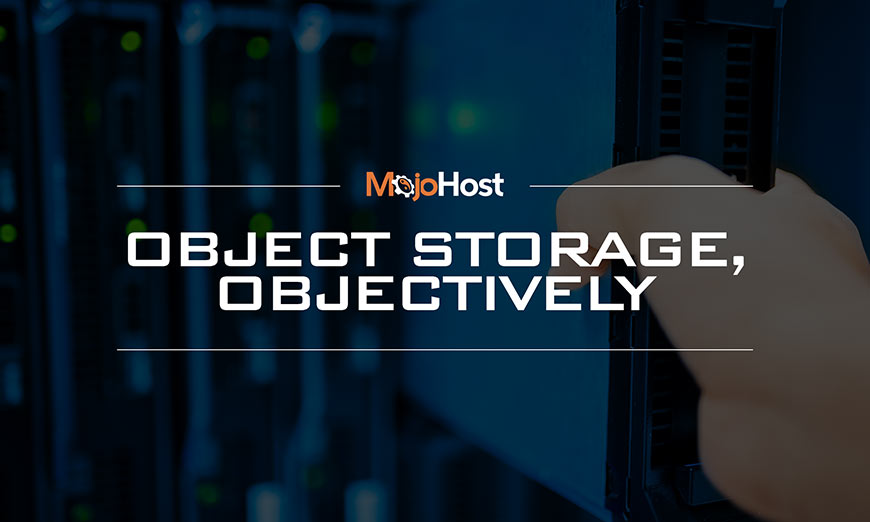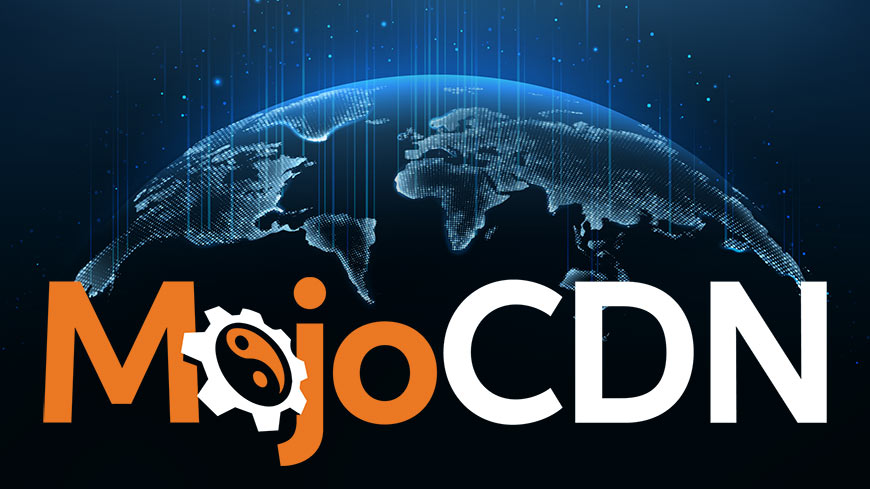This upgrade propels us to the forefront of global content delivery by extending our network to 53 locations across six continents. This is a dramatic increase from 28 locations across North America and Europe.

Object Storage, Objectively
What is object storage, anyway?
Most people who are used to dealing with computers have typically dealt with files and folders. The folders conveniently nestle inside of each other so you can remember where you put things and easily find them again. There is also block storage in which data is split into blocks and stored wherever it is most convenient on a drive, server or computer. However, there is another method of storage that is a bit newer and is gaining popularity. It is called Object Storage.
Object storage keeps all the parts of a file together, along with metadata and extended metadata. It is found with a unique identifier and there are several benefits to using this type of storage over other types. First of all, since users set up the metadata, it is easier to perform analytics on how the data and storage are used.
Data storage companies often use this type of storage and cloud services companies because you can store the data anywhere in the “storage pool” and find it via the unique identifiers or Meta data, making it truly convenient for these purposes. Even the largest provider of cloud storage, Amazon Web Services, uses S3 object storage to offer the most convenience to its users.
At MojoHost, we have fully embraced the OpenStack ecosystem, including highly available Ceph backed storage. Ceph File System is a software storage platform, and it orchestrates object storage in a redundant, reliable way. By focusing on a completely distributed operation, and avoiding having a single point of failure, the software is both scalable and widely available. If you are already using S3 at Amazon, MojoHost could act as either a replacement or a very cost-effective backup solution for you with simple bucket sync.
What are its benefits?
Object storage is very scalable. Since you can just store anything within the pool, it’s easy to add more space when you need it. This helps to save on storage because you can just spend on what you need, not being tied to drive sizes. The other benefit is that it is very simple. It’s a great foundation for storage that can reduce complexity and make things easier for everyone. Your developers will thank you as it allows for a wide array of features. Some experts believe it is great for unstructured data sets, and that it can help fight against harmful ransomware attacks.
Another considerable plus of object storage is that it is reliable. The data is stored redundantly and in such a way that losing even a significant number of resources will keep data accessible, and it’s simple to repair any damaged or failed hardware.
Besides the above benefits, object storage is incredibly affordable. At MojoHost, you’d pay only $0.023 per GB to store any amount of data. Delivery costs are also incredibly low – $0.005 per GB of outbound transfer and $0.0025 when utilizing MojoCDN. Inbound data transfer is free.
How does Object Storage differ from Cloud Storage?
The distinction of object storage from cloud storage is that it does not allow running active scripts. So, object storage is for static content only. It is perfect for videos, photos, and even static pages. In combination with a cloud solution, dedicated server or VPS to run the scripts, this can be an incredible new way to deliver content efficiently and economically.
So, now that you know more about object storage, you can decide for yourself if it might be right for your business, and order it here. Do you have more questions about this type of data management? Contact the experts at MojoHost to find all the answers and solutions for your hosting needs!




